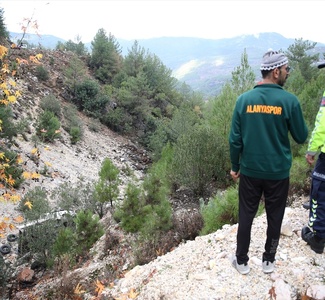Death toll from China coronaviris rises to 106
The number of people killed in China by the new coronavirus has risen to 104, with almost 4,515 confirmed cases.

 Google News'te Doğruhaber'e abone olun.
Google News'te Doğruhaber'e abone olun. Most of infected people had been exposed to a food market in Wuhan, the epicenter of the outbreak, according to Chinese health authorities.
Locations with Confirmed 2019-nCoV Cases are China, Hong Kong, Macau, Taiwan, Australia, Cambodia, Canada, France, Japan, Malaysia, Nepal, Singapore, Thailand, The Republic of Korea, United States and Vietnam
China government has so far quarantined 45 million people to control the spread of coronavirus outbreak.
The 2019 novel coronavirus (2019-nCoV), also known as the Wuhan coronavirus, is a contagious virus that causes respiratory infection and has shown evidence of human-to-human transmission.
Due to reports that the initial cases had epidemiological links to a large seafood and animal market, the virus is thought to have a zoonotic origin, though this has not been confirmed. Comparisons of genetic sequences between this virus and other existing virus samples have shown similarities to SARS-CoV (79.5%) and bat coronaviruses (96%), with a likely origin in bats being theorized.
The disease does not currently have an effective medicine treatment or vaccine, though efforts to develop some are underway. Its symptoms include, among others, fever, breathing difficulties and coughing, which have been described as "flu-like". To prevent infection, the WHO recommends "regular hand washing, covering mouth and nose when coughing and sneezing… and avoiding close contact with anyone showing symptoms of respiratory illness (such as coughing and sneezing)."
Though there are no specific treatments for general human coronaviruses, the U.S. CDC provides generic advice that an infected person can relieve their symptoms by taking regular flu medications, drinking fluids and resting. Some countries require people to report flu-like symptoms to their doctor, especially if they have visited mainland China. (ILKHA)



















































